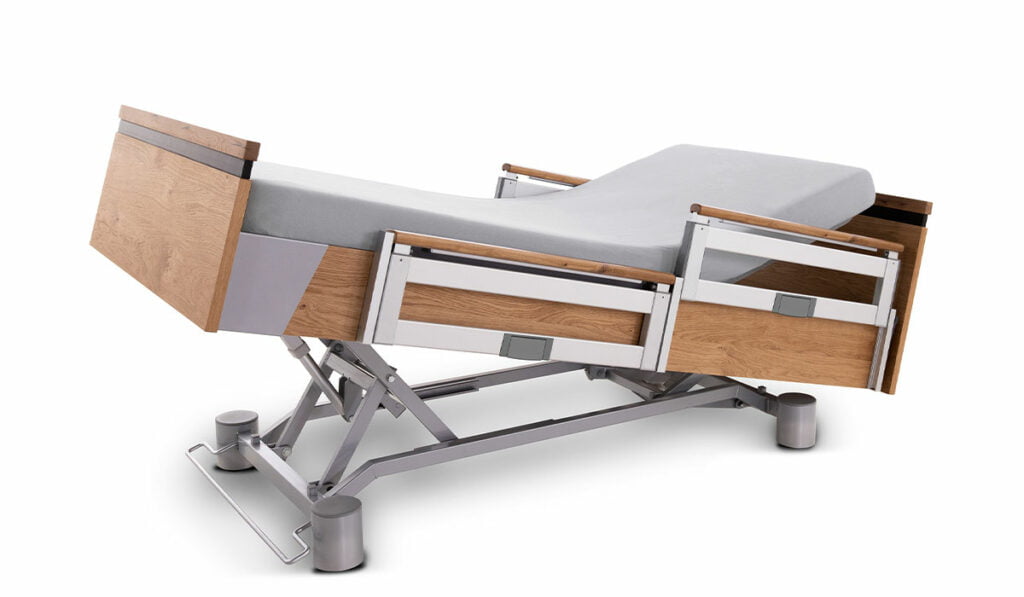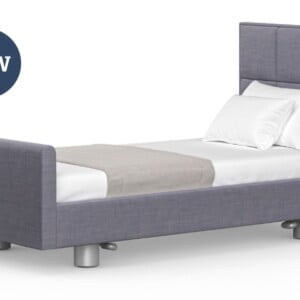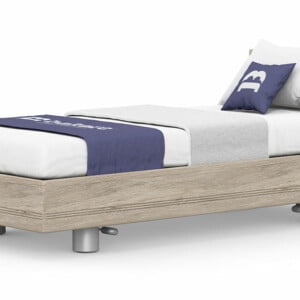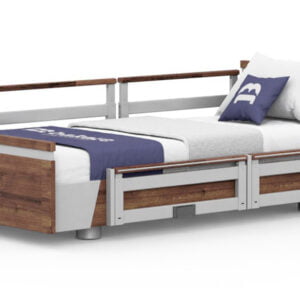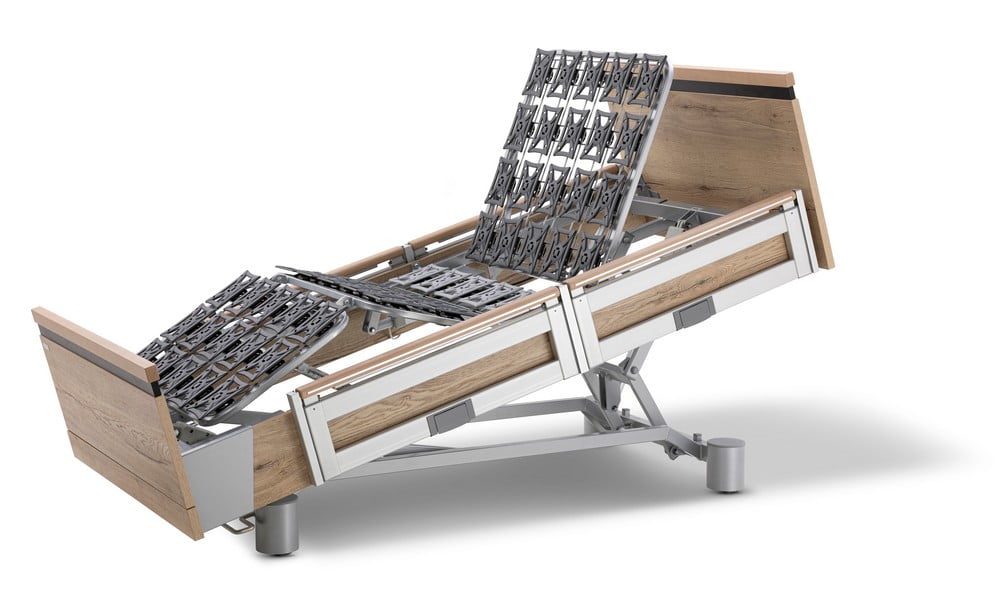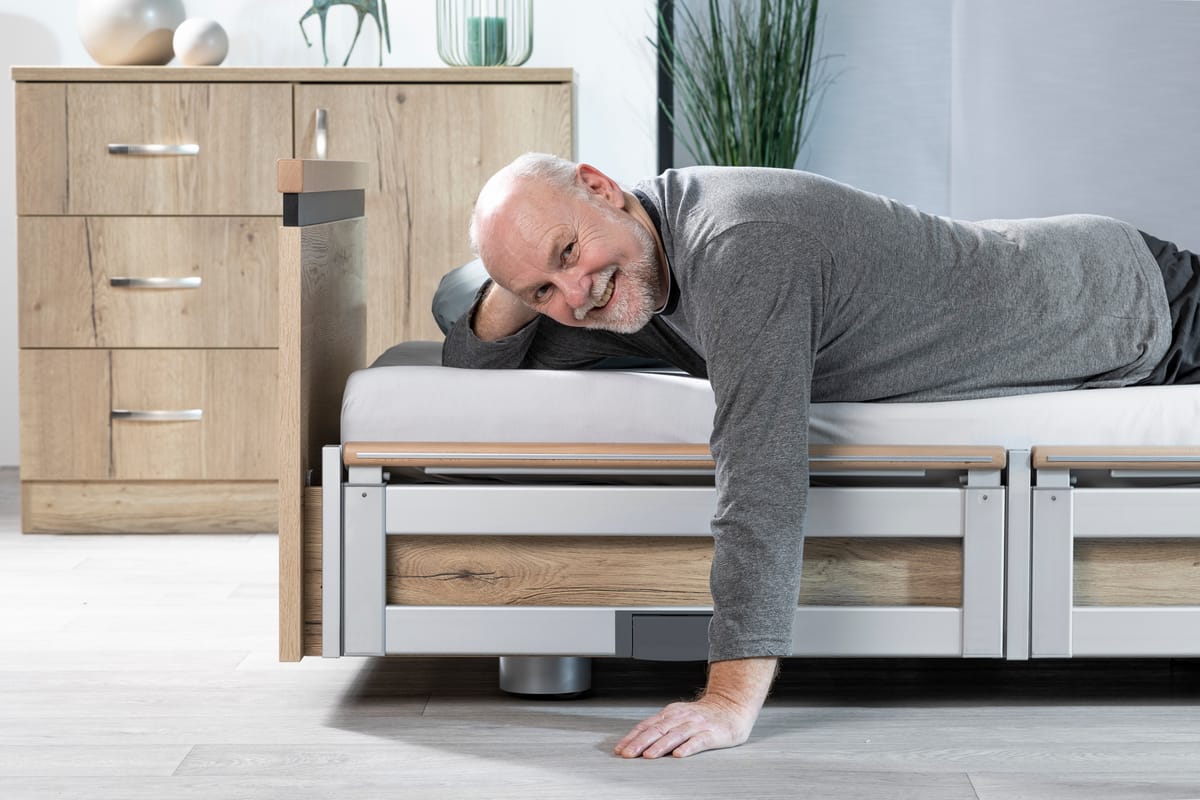We often come across different medical terminologies, and amongst them are the Trendelenburg and Anti-Trendelenburg positions. These positions are commonly used in the medical field, but not everyone understands what they are, their benefits, risks, and when to use them. In this article, we will provide you with comprehensive information about Trendelenburg and Anti-Trendelenburg positions.
History and Origin of Trendelenburg Position
The Trendelenburg position is named after a German surgeon, Friedrich Trendelenburg, who first used the position in 1881. The position was initially used to improve surgical access to the pelvic area during surgery. The Trendelenburg position is achieved when a patient is placed on their back, with the head tilted downwards, and the legs elevated above the heart level.
What is Trendelenburg Position?
The Trendelenburg position is a medical position where a patient’s head is positioned below the level of the heart and the feet are elevated above the heart level. The position is achieved by tilting the patient’s body backward at a 15-30 degree angle. The Trendelenburg position is commonly used in the surgical field, especially in gynecology, urology, and abdominal surgery, to improve surgical access to the pelvic area.
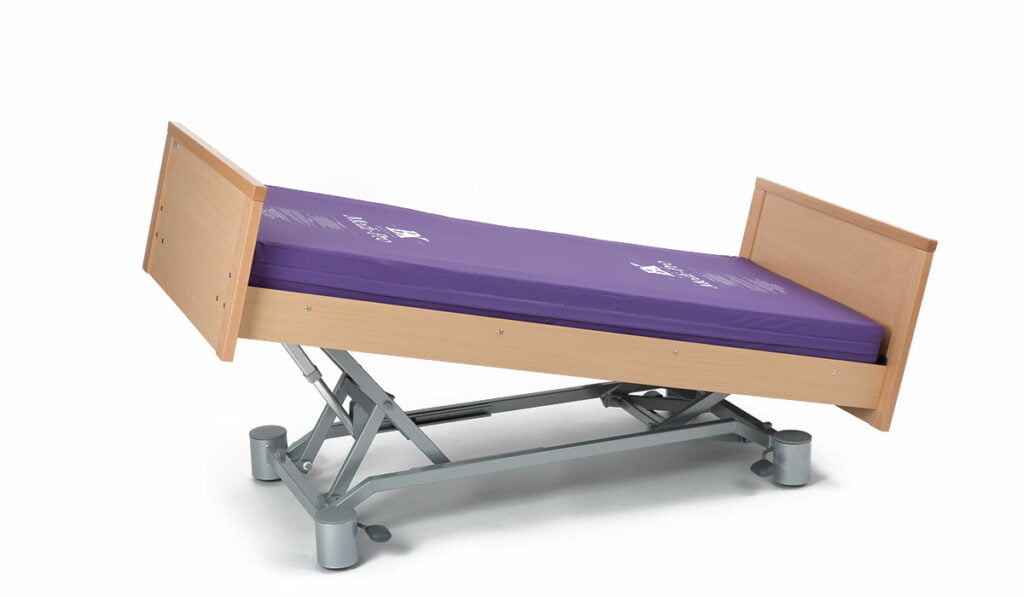
Uses and Benefits of Trendelenburg Position
The Trendelenburg position has several uses and benefits, including:
Improving Surgical Access
The Trendelenburg position is used to improve surgical access to the pelvic area during surgeries. The position helps to move the abdominal organs away from the pelvis, providing the surgeon with better access to the surgical site.
Improving Venous Return
The Trendelenburg position is used to improve venous return in patients with low blood pressure. Elevating the legs above the heart level helps to increase venous return, thus improving blood circulation.
Improving Respiratory Function
The Trendelenburg position is used to improve respiratory function in patients with respiratory distress. The position helps to increase lung volume and oxygenation, making it easier for patients to breathe.
Risks and Complications Associated with Trendelenburg Position
Although the Trendelenburg position has several benefits, it also has some risks and complications, including:
Increased Intraocular Pressure
The Trendelenburg position increases intraocular pressure, which can lead to eye problems such as optic nerve damage, retinal detachment, and glaucoma.
Cardiovascular Complications
The Trendelenburg position can cause cardiovascular complications, especially in patients with heart disease or low blood pressure. The position can cause decreased cardiac output, increased heart rate, and decreased blood pressure.
Respiratory Complications
The Trendelenburg position can cause respiratory complications, especially in patients with respiratory distress. The position can cause decreased lung volume, hypoxemia, and increased work of breathing.
What is Anti-Trendelenburg Position?
The Anti-Trendelenburg position (aka Reverse-Trendelenburg) is the opposite of the Trendelenburg position. In the Anti-Trendelenburg position, the patient’s head is elevated above the level of the heart, and the legs are positioned below the heart level. The Anti-Trendelenburg position is achieved by tilting the patient’s body forward at a 15-30 degree angle.
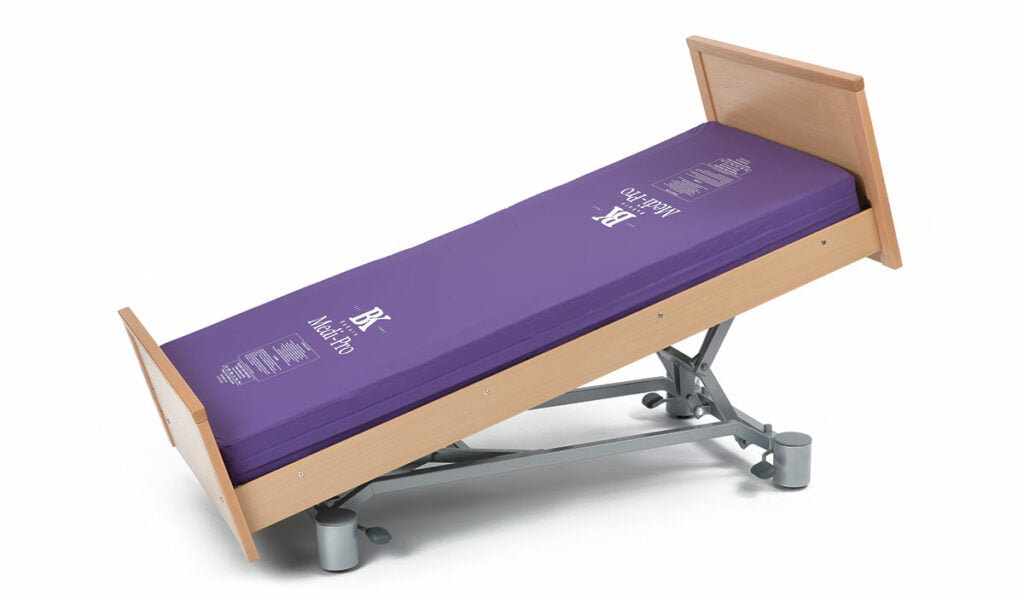
Uses and Benefits of Anti-Trendelenburg Position
The Anti-Trendelenburg position has several uses and benefits, including:
Reducing Venous Return
The Anti-Trendelenburg position is used to reduce venous return in patients with high blood pressure. Lowering the legs below the heart level helps to decrease venous return, thus reducing blood pressure.
Improving Respiratory Function
The Anti-Trendelenburg position is used to improve respiratory function in patients with respiratory distress. The position helps to increase lung volume and oxygenation, making it easier for patients to breathe.
Reducing Reflux
The Anti-Trendelenburg position is used to reduce reflux in patients with gastroesophageal reflux disease (GERD). Elevating the head above the level of the stomach helps to prevent the backflow of stomach acid into the esophagus.
Risks and Complications Associated with Anti-Trendelenburg Position
Although the Anti-Trendelenburg position has several benefits, it also has some risks and complications, including:
Increased Intracranial Pressure
The Anti-Trendelenburg position increases intracranial pressure, which can lead to brain problems such as hemorrhage, edema, and ischemia.
Respiratory Complications
The Anti-Trendelenburg position can cause respiratory complications, especially in patients with respiratory distress. The position can cause decreased lung volume, hypoxemia, and increased work of breathing.
Cardiovascular Complications
The Anti-Trendelenburg position can cause cardiovascular complications, especially in patients with heart disease or low blood pressure. The position can cause decreased cardiac output, increased heart rate, and decreased blood pressure.
Comparison between Trendelenburg and Anti-Trendelenburg Positions
Trendelenburg and Anti-Trendelenburg positions are opposites of each other. The Trendelenburg position involves elevating the legs above the heart level, while the Anti-Trendelenburg position involves elevating the head above the heart level. Both positions have their uses and benefits, as well as risks and complications.
The Trendelenburg position is commonly used in the surgical field to improve surgical access to the pelvic area, improve venous return, and improve respiratory function. However, the position can cause increased intraocular pressure, cardiovascular complications, and respiratory complications.
The Anti-Trendelenburg position is commonly used to reduce venous return, improve respiratory function, and reduce reflux. However, the position can cause increased intracranial pressure, respiratory complications, and cardiovascular complications.
Conclusion
In conclusion, Trendelenburg and Anti-Trendelenburg positions are commonly used in the medical field for different purposes. The Trendelenburg position is used to improve surgical access, venous return, and respiratory function. On the other hand, the Anti-Trendelenburg position is used to reduce venous return, improve respiratory function, and reduce reflux. Both positions have their benefits, but they also have their risks and complications, which should be considered before using them. As a healthcare assistant, it is essential to understand these positions and their uses to assist healthcare professionals effectively.
Featured Bakare Products With Electrically Operated Trendelenburg and Anti-Trendelenburg Positions
-
 Signature Single Adjustable Upholstered Bed£2,399.00 – £3,419.00Price range: £2,399.00 through £3,419.00Add to WishlistAdd to Wishlist
Signature Single Adjustable Upholstered Bed£2,399.00 – £3,419.00Price range: £2,399.00 through £3,419.00Add to WishlistAdd to Wishlist -
 Bello Sonno Single Profiling Bed£2,249.00 – £3,269.00Price range: £2,249.00 through £3,269.00Add to WishlistAdd to Wishlist
Bello Sonno Single Profiling Bed£2,249.00 – £3,269.00Price range: £2,249.00 through £3,269.00Add to WishlistAdd to Wishlist -
 Aura Single Profiling Bed£2,795.00 – £3,215.00Price range: £2,795.00 through £3,215.00Add to WishlistAdd to Wishlist
Aura Single Profiling Bed£2,795.00 – £3,215.00Price range: £2,795.00 through £3,215.00Add to WishlistAdd to Wishlist

